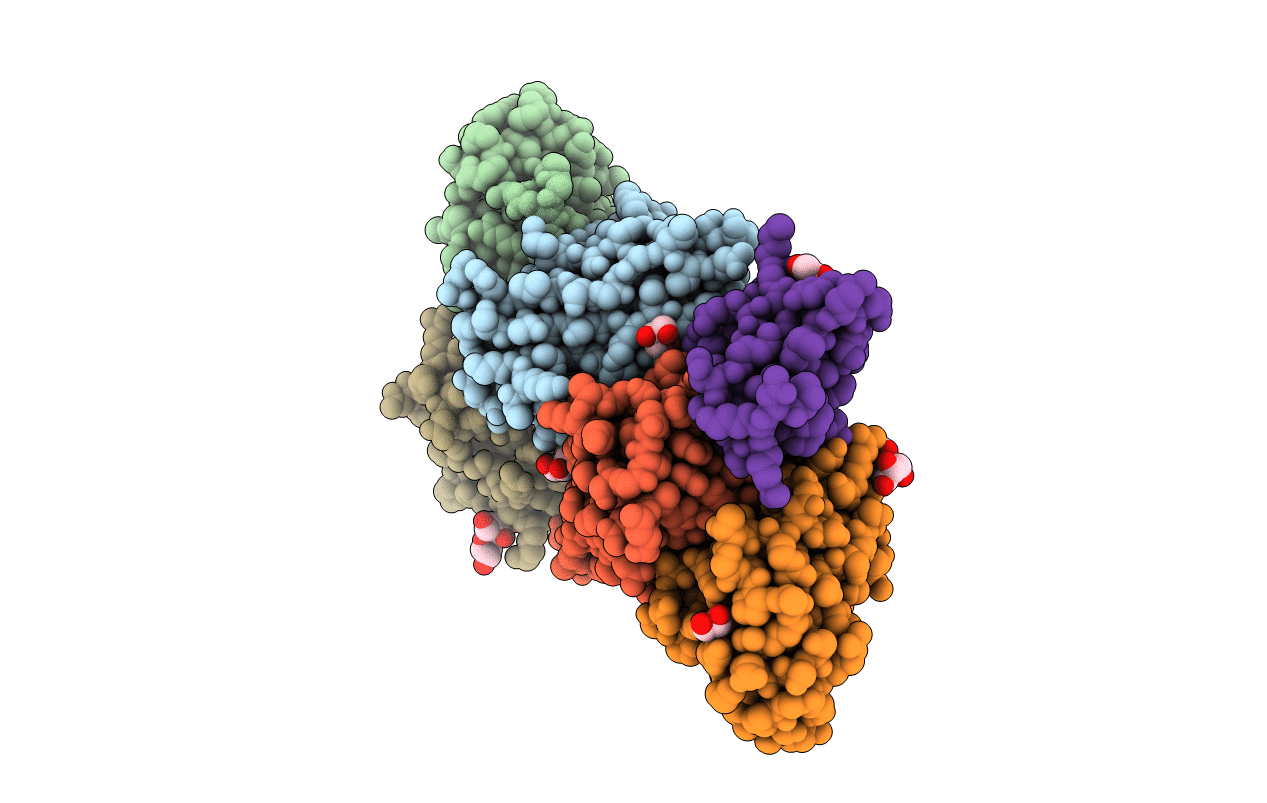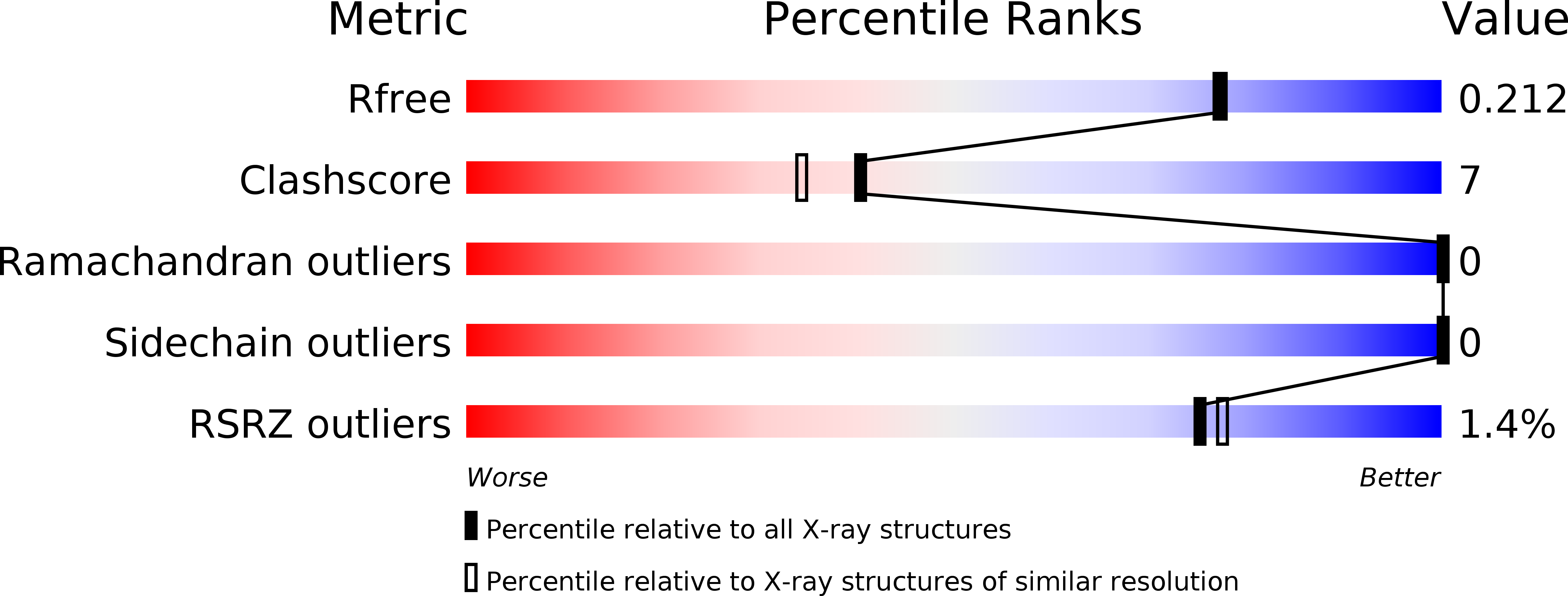
Deposition Date
2011-03-10
Release Date
2011-04-13
Last Version Date
2024-11-13
Entry Detail
PDB ID:
2YC1
Keywords:
Title:
Crystal structure of the human derived single chain antibody fragment (scFv) 9004G in complex with Cn2 toxin from the scorpion Centruroides noxius Hoffmann
Biological Source:
Source Organism:
HOMO SAPIENS (Taxon ID: 9606)
CENTRUROIDES NOXIUS HOFFMANN (Taxon ID: 6878)
CENTRUROIDES NOXIUS HOFFMANN (Taxon ID: 6878)
Host Organism:
Method Details:
Experimental Method:
Resolution:
1.90 Å
R-Value Free:
0.21
R-Value Work:
0.18
R-Value Observed:
0.18
Space Group:
F 2 3


